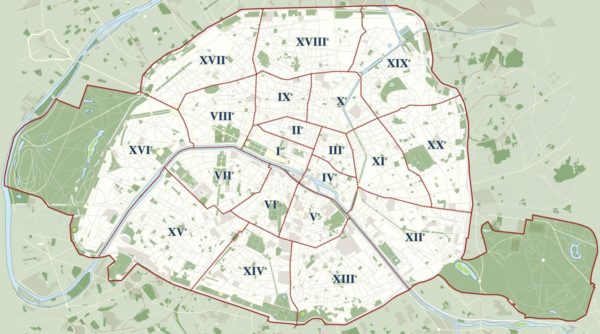Expert Insight, Breaking News, and Insider Stories on Real Estate in Paris
Foreign exchange: the prospects for the euro against the dollar and the pound sterling in 2014
Our partners at foreign currency broker FC Exchange provide an update on how the major currencies might move in 2014.
A major focus for currency markets in 2014 will be when and how fast interest rates will rise in the major economies. For rates to rise, the reduction of monetary stimulus will be a significant factor for central banks.
In the US, the Federal Reserve (Fed) announced in March that interest rates would stay on hold. However, it said that it would trim the amount it spends each month on bond purchases by another $10 billion to $55 billion, having started the year at a monthly spend of $85 billion. Many economists now expect the tapering of monetary stimulus to end by the 3rd quarter of 2014.
At her first policy meeting Janet Yellen, the new Chairwoman of the Fed, gave some insight into future policy. She indicated that rate hikes might commence six months after the Fed has wound down its bond-buying program (i.e. in spring 2015). The Fed would then be aligned with other central banks, notably the Bank of England, which is now considered to be in pole position for raising interest rates. This resulted in the dollar strengthening, most notably against the euro.
The Bank of England (BOE) and the European Central Bank (ECB) also kept rates unchanged at their last policy meetings, in line with market expectation. ECB president Mario Draghi commented at the start of 2014 that ‘the risks surrounding the economic outlook for the euro area continue to be on the downside’. This has curbed the euro so far this year. More recently, Draghi has painted a healthier picture for the Eurozone economy, where deflation risks appear to be easing. For 2014, he forecasts a slight improvement in economic growth from 1.1% to 1.2%. He expects it to increase to 1.5% in 2015 and 1.8% in 2016.
The euro remains weak and persistent low growth and high unemployment levels were major factors in the November 2013 interest rate cut from 0.5% to 0.25%. Although these factors are not as acute as analysts first believed, they could still result in rates improving for those looking to purchase euros with US dollars and pounds sterling. However, this is not always the case and euro purchasers need to exercise a certain caution.
Bank of England Governor Mark Carney has stated that ‘excessive strength in [the pound] sterling is a major risk to the economy’. In the US, Janet Yellen is caught between tapering more aggressively and cautiously maintaining the economic balance. A period of economic consolidation in the UK and US prior to any change in monetary policy would give the other major economies, including Europe, the chance to catch up in the interest rate race. This could hold back both the dollar and the pound from making significant gains against the euro.
A way to manage your risk when exchange rates are moving unfavorably is to use a Forward Contract. This allows you to lock into an exchange rate without paying the full amount of funds immediately. This buy-now and pay-later solution protects you against further adverse market movements. It is ideal if you need to know in advance how much your property purchase will actually cost. If you have already sold your property but will not receive the sale proceeds for several months it guarantees that you don’t lose money while you wait for your funds. A 10% holding payment is required, with the balance of 90% due on or before your chosen date in the future.
You might also like:
Now is the time to buy prestige property in Paris, say real estate pundits
Expenses you can set against French capital gains tax
French mortgage rates: will they stay low for longer or fall further
European regulations on real estate inheritance as of August 17th 2015
French real estate compared to other investment vehicles
Contact Paris Property Group to learn more about buying or selling property in Paris.













